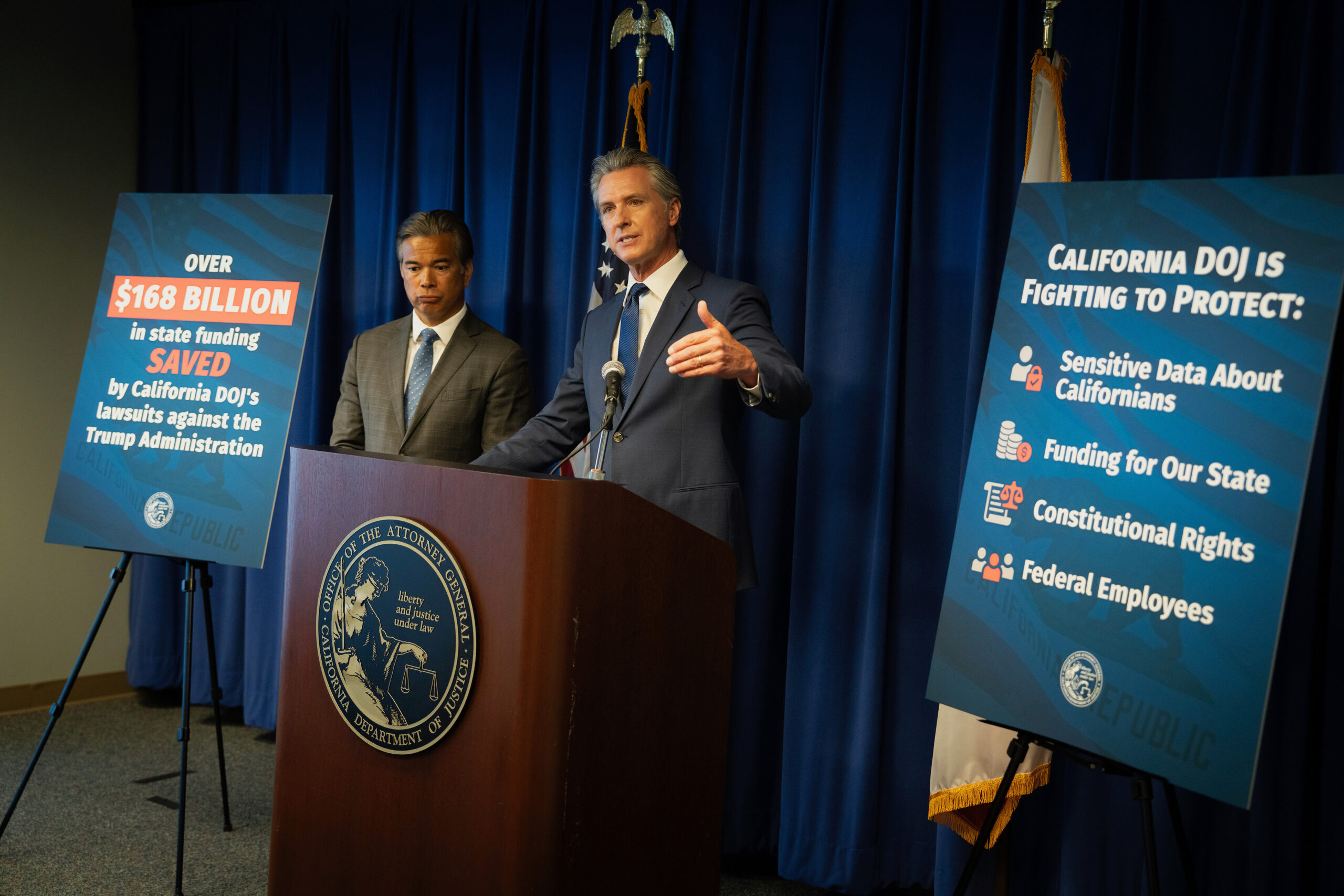
SACRAMENTO:- Governor Gavin Newsom today launched the next phase of California’s all-in response to the ongoing economic impacts of the climate crisis, including the insurance crisis felt across the U.S. and globally as climate change creates new risks to property owners and insurers as well as the destabilization of the energy utility sector that directly impacts ratepayers and wildfire survivors.
The Governor signed an executive order that calls for multiple state agencies and departments to collaborate on research and recommendations to develop long-term durable tools to mitigate and fairly allocate the costs of recovering from natural catastrophes, further stabilize the insurance market and utility sector, make insurance more affordable and accessible, protect ratepayers, ensure compensation for wildfire survivors, and more. Text of the executive order is available here. The executive order comes after the Governor signed SB 254 (Becker) to create the next generation of the state’s Wildfire Fund to support wildfire survivors and protect ratepayers from excessive utility liability costs. One major component of SB 254 directs the state’s wildfire fund administrator to prepare a report by April 2026 analyzing new approaches to responding to catastrophes, including wildfires. This executive order expedites the state’s work to undertake that analysis, reflecting the Governor’s urgency to protect Californians from the costs of catastrophic wildfire, and other climate threats and natural disasters.
The California Earthquake Authority (CEA), as the Wildfire Fund Administrator, will evaluate and prepare a report on innovative and durable reforms to California’s energy utility and insurance markets in the face of the state’s growing exposure to natural catastrophes. CEA will collaborate with several state agencies on the study and has issued a call for stakeholder contributions to the study. Those with an interest in California’s natural catastrophe resiliency are encouraged to participate and share their expertise.
Governor Newsom also announced that his former Cabinet Secretary, Ann Patterson, who will be joining the Woods Institute for Environment and Sustainability Accelerator at the Stanford Doerr School of Sustainability as a Policy Scholar, has agreed to participate in this process in her personal capacity.
Stabilizing California’s home insurance market
The Governor took action in 2023 with an executive order urging Insurance Commissioner Lara to take swift action to address decades-old issues with the insurance market exacerbated by climate change and expand coverage options for consumers, while maintaining strong consumer protections and keeping plans affordable. That led to the creation and swift execution of the Sustainable Insurance Strategy, a package of reforms that strengthens California’s marketplace and maintains strong consumer protections.
The Governor has continued to support the Insurance Commissioner’s regulatory actions in this space, including requiring insurers that use new catastrophe modeling to write more policies in distressed areas. The Department of Insurance recently announced it had completed review of three forward-looking wildfire catastrophe models, a key element of implementing the Sustainable Insurance Strategy.
Home insurance rates in California – while increasing along with the national trend due to climate-related threats – continue to be lower than the national average, among the lowest in the nation.
California’s climate leadership
Pollution is down and the economy is up. Greenhouse gas emissions in California are down 20% since 2000 – even as the state’s GDP increased 78% in that same time period all while becoming the world’s fourth largest economy.
The state also continues to set clean energy records. California was powered by two-thirds clean energy in 2023, the latest year for which data is available – the largest economy in the world to achieve this level of clean energy. The state has run on 100% clean electricity for some part of the day almost every day this year.
Since the beginning of the Newsom Administration, battery storage is up to over 15,000 megawatts – a 1,900%+ increase, and over 25,000 megawatts of new resources have been added to the electric grid.
Comments